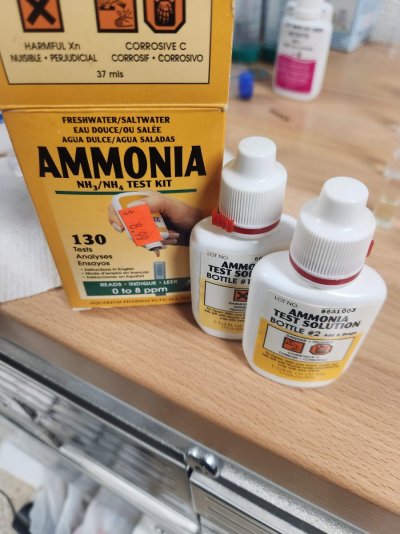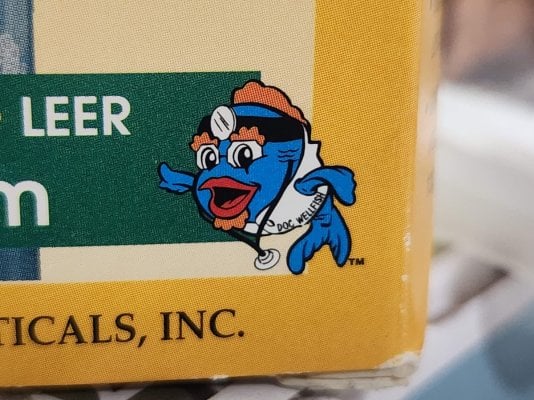My 2c as something of a newbie…
I suspect a large part of the reason many folks get wonky readings with API is that a lot of them are trying their first time at aquariums so bought API as it’s the kit at Petco/Petsmart **and** have little or no experience in doing these tests **and** have little/no experience in dosing ammonia for the bottle bac cycling.
So you get a nice Venn diagram where the people most likely to mess up some part of the dosing and testing are also most likely to be doing it while using API kits.
Then they go and get another kit for the next time they need to do an ammonia test (ie if they’re setting up a second aquarium) and by then they’re much more experienced in doing these tests so don’t mess it up.
I suspect a large part of the reason many folks get wonky readings with API is that a lot of them are trying their first time at aquariums so bought API as it’s the kit at Petco/Petsmart **and** have little or no experience in doing these tests **and** have little/no experience in dosing ammonia for the bottle bac cycling.
So you get a nice Venn diagram where the people most likely to mess up some part of the dosing and testing are also most likely to be doing it while using API kits.
Then they go and get another kit for the next time they need to do an ammonia test (ie if they’re setting up a second aquarium) and by then they’re much more experienced in doing these tests so don’t mess it up.






















